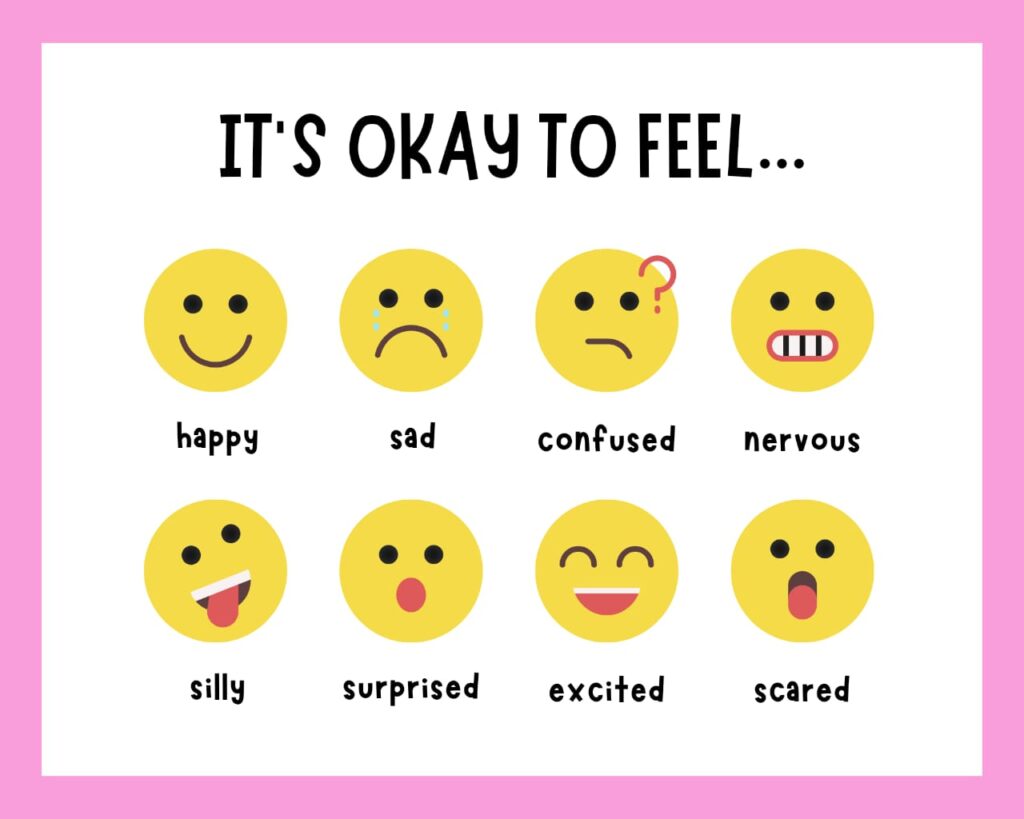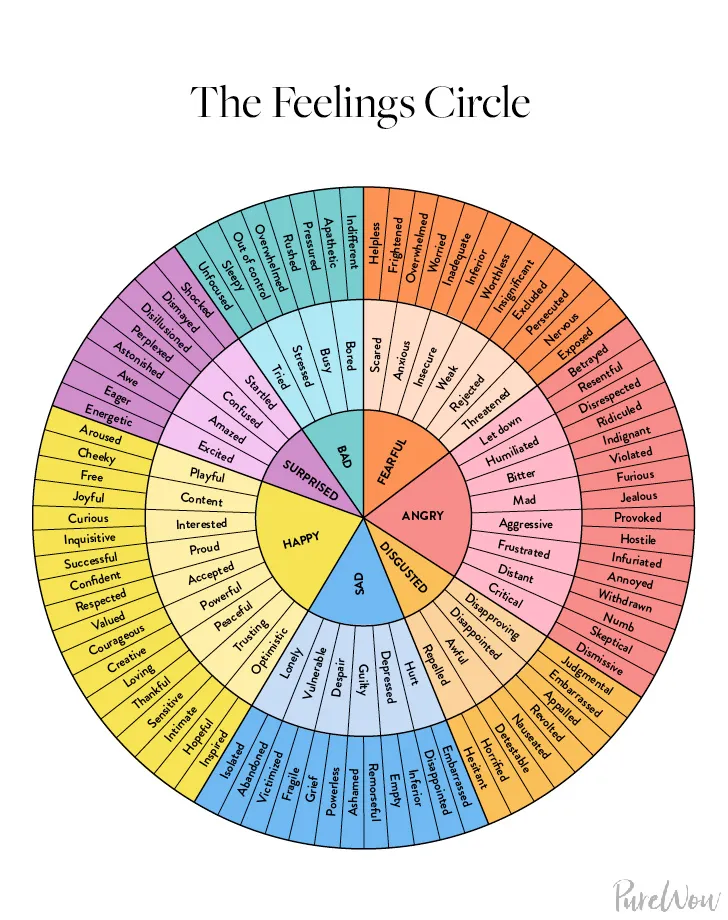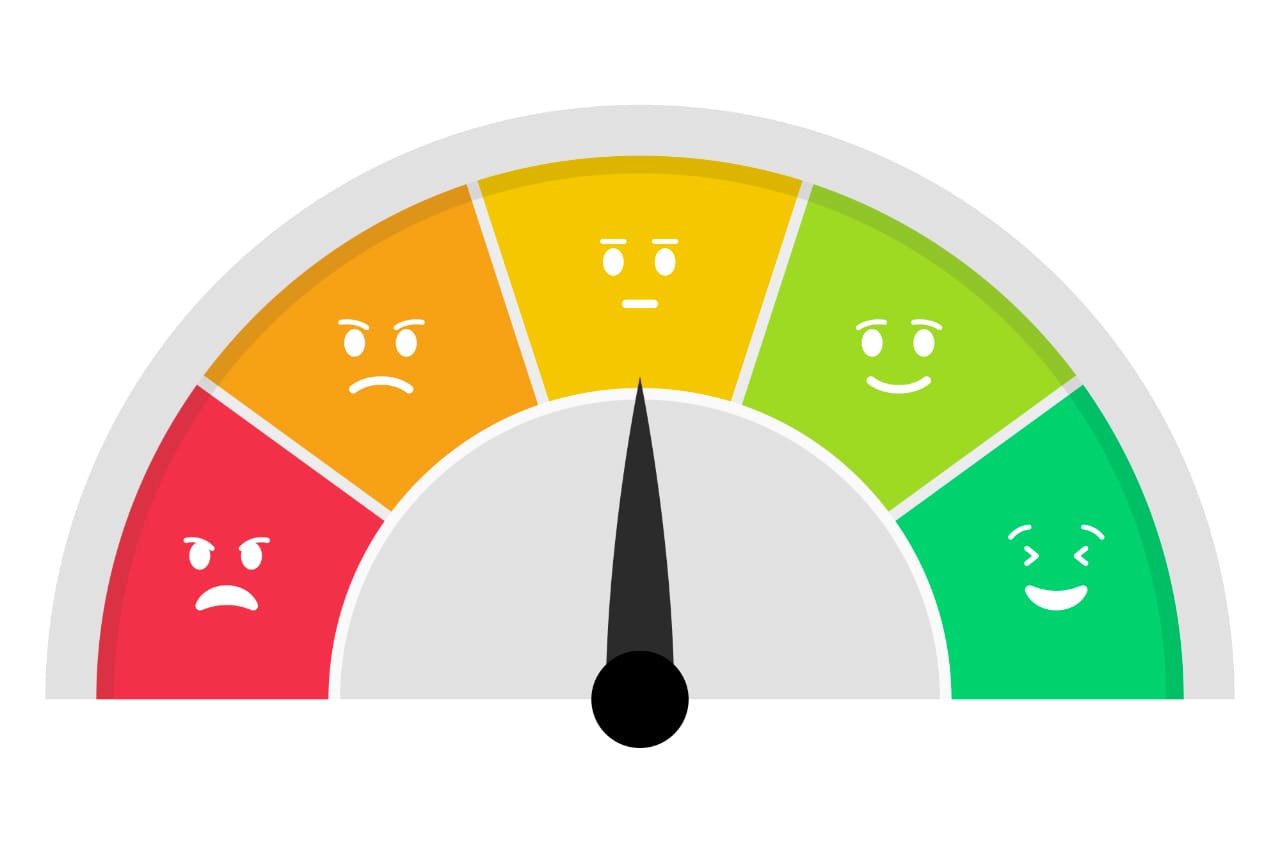Emotions are an essential part of the human experience, influencing how we think, behave, and interact with others. However, many people find it challenging to identify and express their emotions clearly. This is where a Feelings Chart can play a vital role. Whether you’re a parent, teacher, counselor, or simply someone who wants to improve emotional awareness, a Feelings Chart is a useful tool to help recognize and communicate emotions effectively.
In this article, we’ll dive into the benefits of using a Feelings Chart, how it can improve emotional intelligence, and provide tips on how to use it for self-expression and emotional health.
What is a Feelings Chart?
A Feelings Chart is a visual tool designed to help individuals recognize, understand, and communicate their emotions. It often includes a range of facial expressions and emotional words that can assist in identifying feelings. For children and adults alike, it simplifies complex emotional experiences, making them easier to label and discuss.
There are many variations of Feelings Charts, from basic versions with limited emotions to more comprehensive charts that include a broad range of feelings. Some charts feature images of people displaying different facial expressions, while others use color-coded zones to reflect different emotional states.

Why Should You Use a Feelings Chart?
Clarity in Emotional Expression: Sometimes, it’s hard to put feelings into words. A Feelings Chart provides visual cues to help pinpoint exactly what someone is feeling, whether it’s anger, joy, sadness, or frustration.
Enhanced Emotional Intelligence: Recognizing and labeling emotions is a crucial step in improving emotional intelligence (EQ). A Feelings Chart can help children and adults alike understand their emotions better, making it easier to navigate challenging situations.
Improved Communication: Especially for children or those with emotional regulation challenges, a Feelings Chart can be a bridge to better communication. It encourages open discussions about how a person feels without judgment.
Mental Health Benefits: Recognizing emotions is the first step toward managing them effectively. A Feelings Chart can act as a tool for emotional regulation and promote mental well-being.
How to Use a Feelings Chart
Identify the Emotion
Begin by reviewing the chart and identifying which emotion resonates the most with how you’re feeling at the moment. Feelings can range from happy, sad, angry, to more complex emotions like confused, anxious, or overwhelmed. If there are several emotions that fit, take time to explore each one.
Express the Emotion
Once you’ve identified the feeling, take the next step in expressing it. For children, this can be as simple as saying, “I feel sad” or “I’m angry because….” For adults, the next step might involve journaling, talking to a friend, or using the emotion as a gateway to process the underlying thoughts and experiences.
Reflect on the Intensity of the Emotion
Some Feelings Charts include a range of intensity levels for each emotion (e.g., “slightly happy” to “extremely happy”). Reflecting on the intensity helps understand how strong the emotion is, which can aid in managing it effectively.
Find Coping Strategies
After identifying your emotion, the chart can also serve as a reminder of healthy coping strategies. For example, if you feel angry, the chart might prompt you to take deep breaths, walk away, or talk to someone you trust.
Types of Feelings Charts
There are several types of Feelings Charts available, each with different structures and purposes:
Basic Feelings Chart
A simple chart often used with children. It usually includes basic emotions such as happy, sad, angry, and scared, along with corresponding facial expressions.
Advanced Feelings Chart
These charts are more detailed and feature a wider range of emotions, including complex feelings like embarrassed, proud, ashamed, or frustrated. They may also include color-coded sections to help people better understand emotional intensity.
Emoji Feelings Chart
This version uses emojis to represent emotions. It’s a modern, easy-to-understand tool that works well for children, teens, or individuals with limited emotional vocabulary.
Mood Wheel Chart
A mood wheel is a circular chart that categorizes emotions into categories such as happy, sad, angry, and anxious, with different shades or subcategories to reflect nuances within those feelings.

How a Feelings Chart Can Improve Emotional Intelligence
Increases Emotional Awareness
Emotional awareness is the ability to recognize and accurately label emotions. A Feelings Chart supports this by offering clear visuals of various emotions, making it easier to name and understand your emotional state.
Reduces Emotional Overload
When overwhelmed by emotions, it can be difficult to articulate what you’re feeling. By having a Feelings Chart on hand, you can quickly identify emotions and gain clarity, which helps in managing overwhelming feelings.
Facilitates Better Emotional Regulation
By identifying emotions in real time, individuals can take proactive steps to manage them effectively. Whether it’s taking a break, engaging in relaxation techniques, or reaching out for support, a Feelings Chart promotes healthy emotional regulation.
Fosters Empathy and Communication
Using a Feelings Chart can also help improve relationships by fostering empathy. When we understand how others feel, it becomes easier to respond with compassion, support, and active listening.
Printable Feelings Chart: How to Create Your Own
If you prefer to have a custom Feelings Chart, you can create one. Follow these steps:
Choose the Emotions: Select a range of emotions that you want to include in your chart. Aim for a balance between simple and complex emotions.
Design the Chart: You can either draw faces or use icons/emojis to represent the emotions visually. Ensure the layout is clear and easy to follow.
Add Color: Use colors to represent different emotional intensities. For example, red for anger, blue for sadness, and yellow for happiness.
Print and Display: Once your chart is ready, print it out and display it in a visible spot for easy access.
Conclusion
A Feelings Chart is an invaluable tool for identifying, understanding, and expressing emotions. By using a chart, individuals can improve emotional awareness, foster better communication, and develop emotional intelligence. Whether for children learning to express themselves or adults working on emotional regulation, a Feelings Chart is a versatile and practical resource for anyone seeking emotional well-being.

